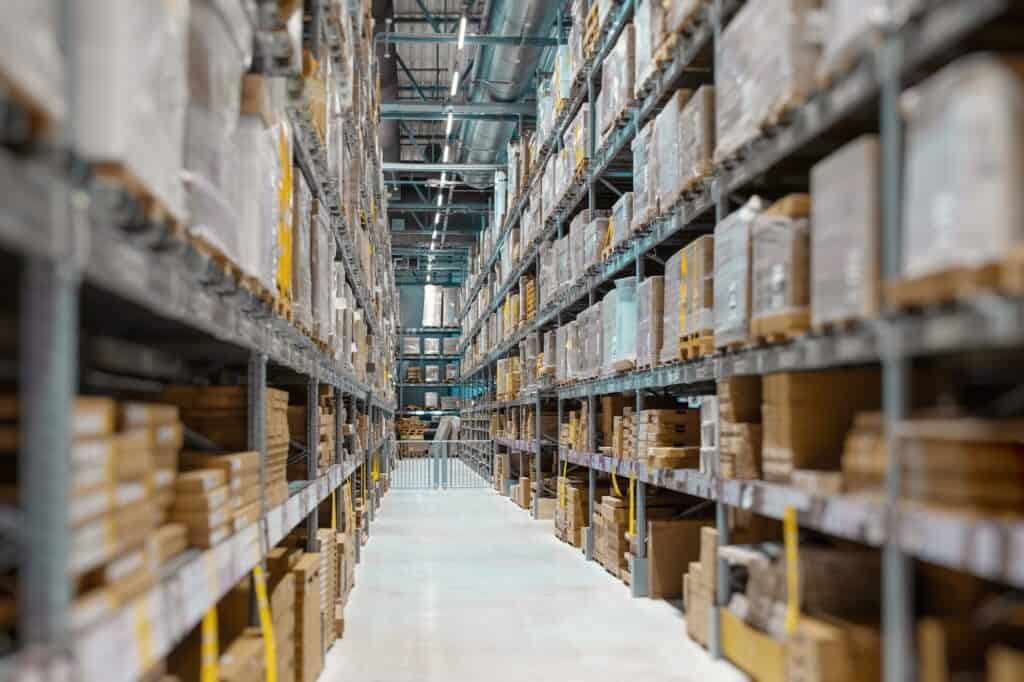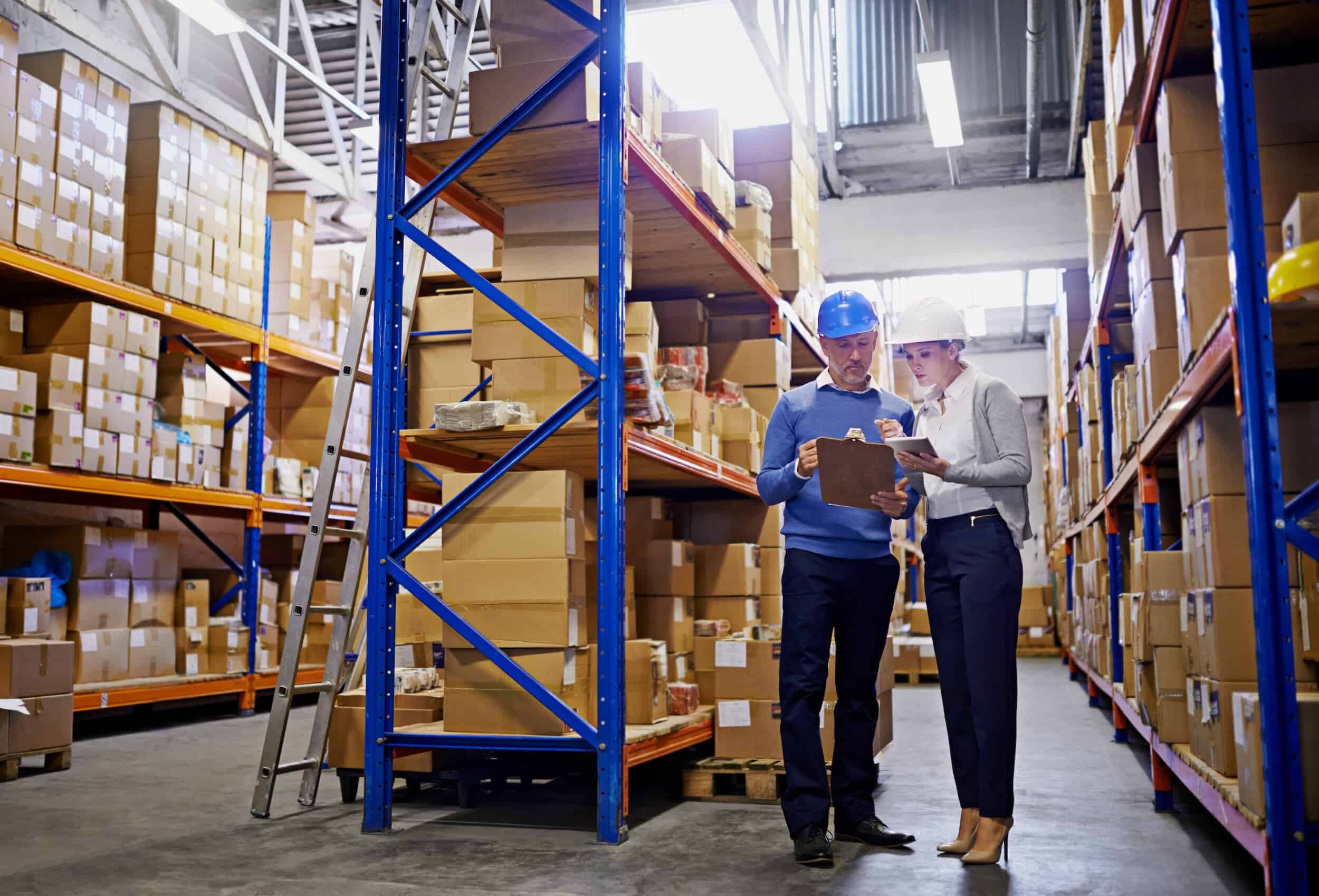
Key takeaways
- Why start with inventory? Inventory is usually the largest controllable cost driver in CPG supply chains, so tackling it first delivers the quickest impact.
- What problems occur without optimization? Stockouts, excess inventory, high carrying costs, obsolescence, and waste.
- How can CPG companies reduce costs? By improving forecast accuracy, setting balanced safety stocks, and using real-time optimization tools.
- What are the benefits? Lower carrying costs, fewer shortages, improved efficiency, and higher profitability.
- What’s next? AI and advanced planning tools are making inventory management more accurate, adaptive, and resilient.
Why inventory defines CPG supply chain costs
In the consumer packaged goods industry, slim margins and rapid product turnover make cost control a constant challenge. Of all the levers a CPG company can pull, inventory has the broadest impact because it influences production schedules, retail availability, and cash flow.
Mismanaged inventory creates two expensive problems:
- Stockouts lead to lost sales, retailer penalties, and unhappy customers.
- Excess stock ties up working capital, inflates storage costs, and risks obsolescence or spoilage.
Given the short shelf lives and unpredictable demand in CPG, inventory optimization is often the most effective way to reduce costs while maintaining service levels.
The biggest cost drivers in CPG supply chains
Inventory holding costs (also known as carrying costs) are often the largest controllable expense in CPG supply chains. These costs stem from keeping goods in storage at warehouses, distribution centers, or retail locations. They typically include:
- Storage fees
- Labor and handling
- Transportation
- Insurance and taxes
- Shrinkage and depreciation
Holding costs rise with factors such as a large number of SKUs, slow inventory turnover, distant or high-cost storage locations, and specialized storage needs. Excess safety stock, outdated forecasting, and weak planning processes push costs even higher. Put simply, the longer products sit before selling, the more their holding costs eat into profits.
Why inventory is the first place to start
While some CPG companies begin cost-cutting with freight contracts, warehouse consolidation, or labor scheduling, these typically deliver incremental savings and rely on stable inventory data to work. If forecasts are off or stock levels are inaccurate, improvements to freight routes, staffing, or storage simply optimize around the wrong numbers.
Starting with inventory builds a reliable foundation for every other decision. Once stock levels, forecasts, and safety buffers are under control, decisions about transport, warehousing, and labor become clearer and more effective. Improving inventory first not only reduces its own costs but multiplies savings across the rest of the supply chain.
Challenges CPG companies face in inventory management
Managing inventory in the CPG industry is uniquely complex:
- High product turnover, frequent promotions, and unpredictable demand make it hard to match supply with demand
- Short product lifecycles mean forecasts go stale quickly, and small errors can lead to overstocks or stockouts
- Global sourcing adds long lead times and unpredictable shipping schedules that disrupt supply timelines and make it harder to calculate safety stock
- Fluctuating costs challenge margin control
- Disconnected systems across manufacturing, distribution, and retail partners limit visibility and delay action
Together, these factors drive up holding costs, tie up working capital, and erode service levels. For CPG companies, overcoming these challenges is essential for reducing supply chain costs and staying competitive.
Best practices for inventory optimization in CPG
Improve forecast accuracy
Accurate demand forecasting is the foundation of effective inventory management in CPG. Combining historical sales with real-time inputs like promotions, market trends, weather, and point-of-sale data helps planners anticipate demand more precisely. Better forecasts reduce excess stock, minimize shortages, and improve fill rates across the supply chain.
Balance service levels and carrying costs
Carrying too much inventory ties up cash, while carrying too little risks losing sales. CPG companies should set clear service-level targets for each product, then calculate safety stock levels based on demand variability and lead times. This approach prevents overstocking without jeopardizing customer satisfaction.
Embrace technology and real-time data
Modern inventory optimization goes beyond spreadsheets. AI, machine learning, and demand sensing tools adjust forecasts as conditions change and automate replenishment decisions. Real-time capability allows planners to respond faster to promotions, supply disruptions, and shifts in consumer behavior.
Collaborate across the supply chain
Sharing inventory data between manufacturers, distributors, and retailers improves visibility and coordination. Joint planning and shared forecasts help reduce duplication, prevent bottlenecks, and align replenishment strategies so everyone is working from the same information.
Smarter inventory management with e2open
Managing inventory effectively requires the right tools. E2open’s end-to-end supply chain planning solutions give CPG companies real-time visibility, AI-driven forecasting and multi-echelon inventory optimization in one platform. MEIO extends inventory planning beyond individual locations to balance stock across the entire network, helping companies position inventory where it’s needed most. With these capabilities, you can reduce carrying costs, eliminate excess stock, and prevent costly stockouts.
The business impact of inventory optimization
When CPG companies manage inventory well, they see measurable improvements across the supply chain:
- Lower carrying costs and waste: Less excess stock means reduced storage fees, shrinkage, and obsolescence, freeing up cash for growth.
- Fewer stockouts and penalties: Balanced safety stock levels protect against lost sales, retailer fines, and damaged brand reputation.
- Faster response to market shifts: Real-time visibility and forecasting let you adapt to promotions, demand spikes, or supply disruptions.
- Improved profitability and cash flow: Freeing up working capital and reducing emergency costs improves margins and financial flexibility.
- Higher customer satisfaction: Consistent availability and reliable delivery strengthen relationships with retailers and end consumers.
The future of inventory management in CPG
Inventory management in the CPG sector is moving from reactive to predictive. Companies are beginning to replace static spreadsheets and manual updates with systems that continuously ingest and analyze real-time data from across their networks. AI and machine learning forecast demand shifts earlier, sense supply risks faster, and automate replenishment decisions.
Sustainability goals are also shaping the future. Reducing waste, minimizing carbon emissions, and improving ethical sourcing are no longer “nice to have” but part of core planning metrics. Modern platforms integrate these factors alongside cost and service objectives so companies can meet customer expectations while hitting ESG targets.
Integrated planning platforms like e2open bring these advances together. By unifying demand, supply, and logistics planning in one place, they help CPG companies cut costs, improve service, and build more resilient, responsible supply chains.
Ready to take control of your inventory?
FAQs
Q: Why is inventory the first place to reduce costs in the CPG supply chain?
Because inventory is the largest controllable cost driver in most CPG supply chains. Managing it well reduces carrying costs, frees up cash, and improves service levels more than starting elsewhere.
Q: How does inventory optimization reduce carrying costs?
By matching stock levels to true demand, companies avoid excess safety stock, shorten storage times, and cut expenses like warehousing, insurance, shrinkage, and obsolescence.
Q: What role does technology play in CPG inventory management?
Modern tools such as AI, machine learning, and demand sensing provide real-time visibility and predictive analytics, enabling accurate forecasts and automated replenishment.
Q: What challenges make inventory management difficult for CPG companies?
Volatile demand, frequent promotions, short product lifecycles, and global sourcing complexity make forecasting and stock allocation challenging for CPG companies.
Q: What are the benefits of inventory optimization beyond cost savings?
Improved service levels, fewer stockouts, faster response to market changes, better collaboration with partners, and a more resilient supply chain.




